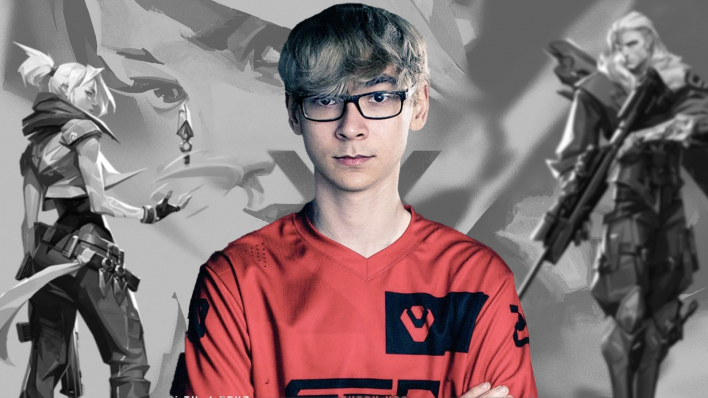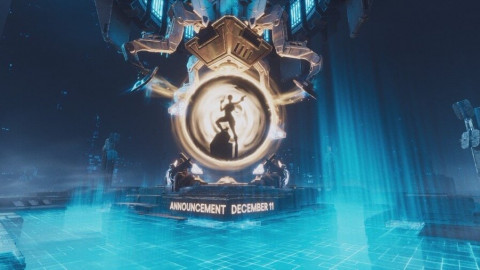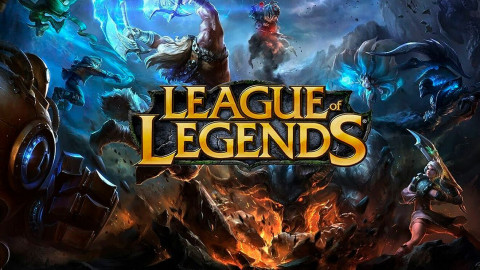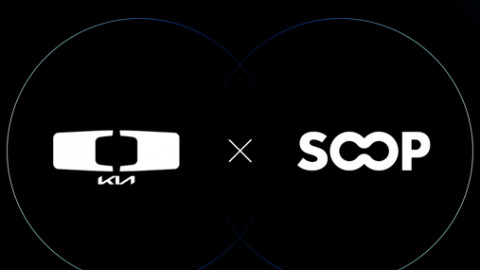
Between CS:GO’s number of events and Valorant reaching their first crescendo with the LAN Masters event in Reykjavik, this past weekend saw a flurry of fantastic FPS action. With teams from EU, NA, and Asia competing for the Reykjavik title, it was a chance to see which region is the best, and which players are the strongest, and just like boxing in the 90s, there was a dude called Tyson slapping everyone silly.
It’s fair to say Tyson “TenZ” Ngo isn’t as physically intimidating as Iron Mike, but when you get him in the server he is a different beast. The early days of Valorant are still shaking out, but if you had to ask most experts who the best player is right now, many of the answers would be TenZ, and his performances in Iceland went a long way to solidifying that status.
TenZ helped Sentinels win the title, playing for them on loan from Cloud9, with both the player and his “new” org eager to make his transfer a permanent one. The problem lies with the transfer fee, as rumors suggest TenZ may have had a buyout clause of $2M in his contract, and some pundits saying he could be worth more than twice that sum.
C9 signed the young (now former) CS:GO player to play for their VALORANT team in April 2020, but the next few months passed under a series of failed attempts from the org to slot him into a team. TenZ was eventually benched and later loaned to Sentinels in the wake of Jay “Sinatraa” Wong’s sexual assault controversy and suspension. For TenZ, the move solidified him as a titleholder and an unstoppable force in VCT North America, having found a home that worked and a team he could win with.
Sentinels buy-out TenZ from Cloud9
The question then became how much should Sentinels have expected to pay? According to some rumors, the TenZ’s deal with Cloud9 was three years long, but it was clear that he wasn’t going to achieve his full potential with that org, putting him and C9 in an odd spot. He had massive value to Sentinels and at the same time, C9 couldn't utilize him for themselves, so the sale was good for everyone involved... for a price.
But how do you agree on a price for a player that is the best in the world, in one team, but doesn’t work in another? What’s more is, how do you rate the value of being the best Valorant team in the world when Valorant has had a grand total of one LAN event as proof of concept, and what exactly does a “buyout” even mean in a situation like this, when it comes to the dollars and cents?
READ MORE
TenZ is "praying" that he can stay with Sentinels after VCT Reykjavik win
Traditionally in sport, buyouts have two uses. On one hand, they are numbers designed to stop bids from even coming in. Players like Leo Messi have had absurd numbers in their contracts, allegedly pushing €1B, to ward off moves from teams like Manchester City, PSG and Chelsea, that have owners capable of breaking the market using their personal wealth.
The other side of the coin is in less profitable leagues, where players have buyouts in their contracts to ensure their clubs cannot hold them to ransom if a bigger club comes in with a fair bid. This is common in many leagues, and actually protects both the club and the player in somes ways, although it exists within a system that also makes provision for compensation when teams develop a talent and then lose them to contract expiring, something esports doesn’t have (yet).

The value of a player
The use of buyouts in esports is more complex, but a good example of a recent move would be Cloud9’s purchase of G2 League of Legends star Luka “Perkz” Perkovic for a reported $5M. While the move has yet to bear fruit in terms of international success, the idea that a player could be worth that money in the biggest esport in the world is at least plausible, due to the incredible global appeal of League and the history of the game.
In other games, like CSGO or Dota, the transfer records are closer to the $1-2M range, with fees rarely disclosed to the public (save for C9’s experimental, HenryG phase). Multiple Major winners are sold for less than $1M, as was the case with four-times Major champion Nicolai "dev1ce" Reedtz, and a deal to take Oleksandr "s1mple" Kostyliev (and Egor "flamie" Vasilev) to MIBR a while back was worth around $1.2M before it fell through, valuing the CS GOAT at around $1M. And TenZ, according to the most recent report, was officially transferred to Sentinels on a $1.25M buyout.
Valorant seems destined to reach the top tier of esports, having hit 1M viewers for the Masters event already. Even with that in mind though, it seems hard to justify spending what you’d pay for s1mple on a kid who has just found his competitive feet in a game that is very much in its infancy.

Is it worth it?
In terms of assessing the value a Valorant player has to their team, the esport did do some very impressive numbers over the course of Reykjavik, but they do have a few caveats attached. Technically the event hit the 1M viewer mark, yet a massive percentage of the overall views were not on the official stream, but co-streams from the likes of Michael “shroud” Grzesiek, one of the biggest names on Twitch.
Compare that to ELEAGUE’s CS:GO records from 2017/18, and it does at least sow the seed of doubt. The appeal of Valorant is good, but the question remains whether Riot can translate the fans that wanted to watch Shroud’s stream into “native” viewers they can monetise for themselves, or whether the numbers drop off once the game is fully in-house. The doubt in itself means paying seven figures for TenZ could turn out to be value, or a massive waste of money, and nobody is quite sure yet.
READ MORE
Doublelift calls out Cloud9 over TenZ contract and buyout situation
From C9’s point of view, the cash injection from the buyout will probably just be used to paper over the very obvious cracks in their competitive operation, but like so many other issues, this seems like it could be dealt with through regulation in the long term. Riot are more likely than Valve to take an active stance on competitive issues, so with any luck, they will work to create a system that keeps fees proportionate and creates a level playing field.
If not, the gap between the haves and have-nots will get bigger (and eventually Cloud9 will actually create a working FPS team, maybe) and smaller teams will be forced out of the space, or live to sell like we see in some CS regions. This is all only if Valorant maintains an open market, rather than charging a multimillion dollar buy-in for a guaranteed spot in the esport long-term, at which point only the likes of C9 can even afford to play, and upcoming orgs are forced to look elsewhere.
Sort by:
Comments :0






